How to Draw a Hand Step by Step
Before you begin to put pencil to paper, make sure you have the proper supplies. You’ll want at least three pencils plus a white eraser. The pencils should be in three different types of graphite: an H-grade pencil, which will be the hardest graphite and produce the lightest lines; the industry-standard HB pencil that’s great for sketching, because it’s not too hard or too soft; and a B-grade pencil that features soft graphite to produce rich, dark lines.
Want to know our favorite pencils? Check out the best drawing pencils that professionals and beginners are sure to love.
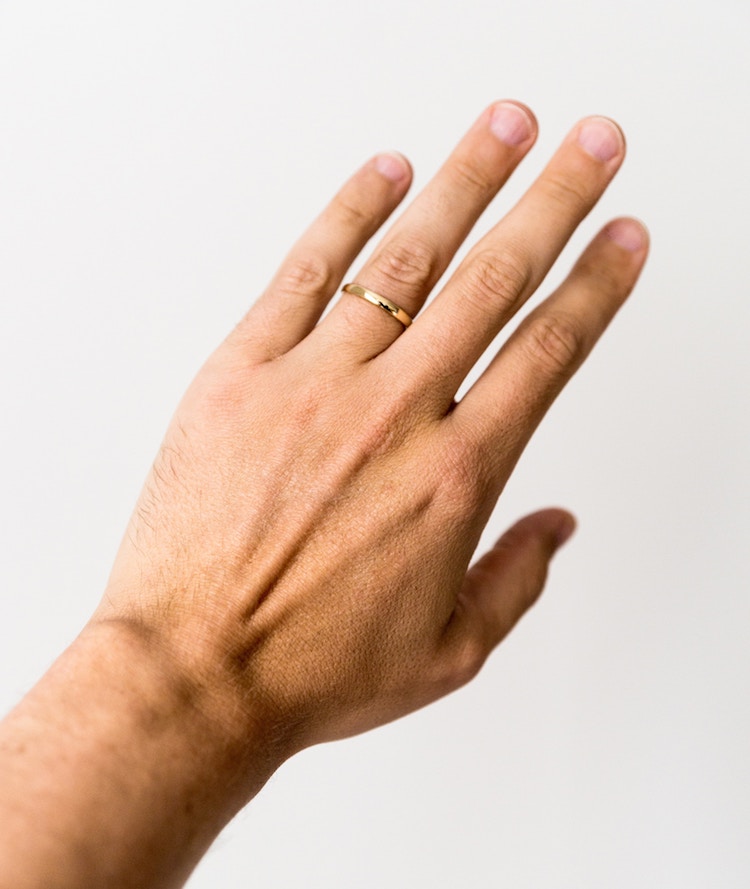
Photo: MR O.K
When you’re learning to draw, it’s best to observe from real life. But often, when sketching parts of the body, this is difficult. In this case, a well-lit photograph is also a good source; just make sure it’s clear enough to see all of the details on the hand.
Step 1: Sketch the Basic Shapes of the Hand
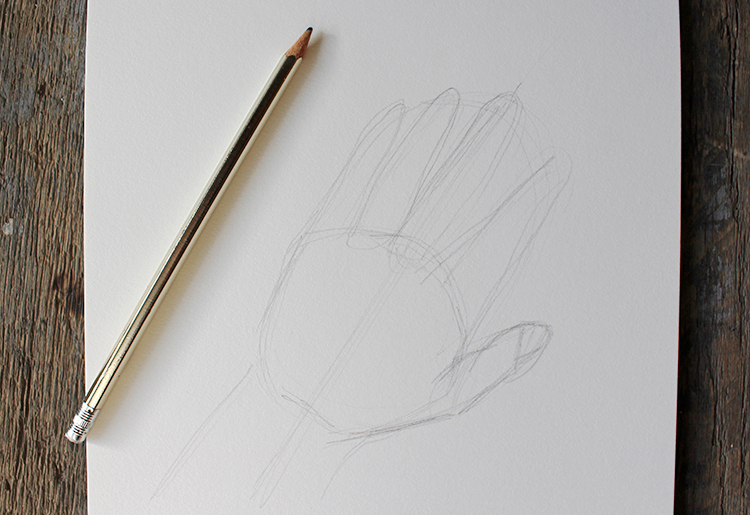
It’s always easiest to go from general shapes to specific details. For the first step, study the large shapes that make up the hand and lightly sketch them on the page. The palm will probably look like a big circle while the fingers will appear as cylinders. Pay attention to proportions. For instance, how long is the middle finger compared to the palm of the hand?
Going beyond proportions, observe the angles of every finger and the thumb. (Plot the angles of the fingers using a thin, straight line on your page.) Additionally, determine what is the longest finger, and how much space there is between each of them.
In examining and recording what you see, you’re setting yourself up for a successful drawing. This part of the process is the most forgiving because it’s easy to erase and correct any mistakes. It won’t be that simple going forward!
Step 2: Refine Your Sketch
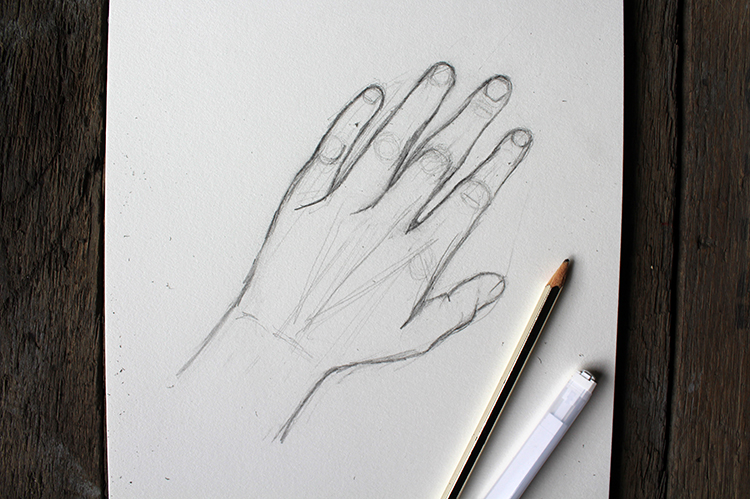

Once you’ve got the initial sketch complete, it’s time to refine your drawing. Using contour lines, pencil in the folds you see present in the fingers and joints. Remember, there are multiple points of articulation in the fingers, so that means that each digit will grow wider and taper at different spots. (Just like the bone structure shows!)
At this point, you can also start to block out the areas of shadow. In the source image, the thumb is heavily shaded as it is pressed towards the palm of the hand. On your sketch, indicate the shape of the shadows and highlights.
Step 3: Apply Shading to Your Hand
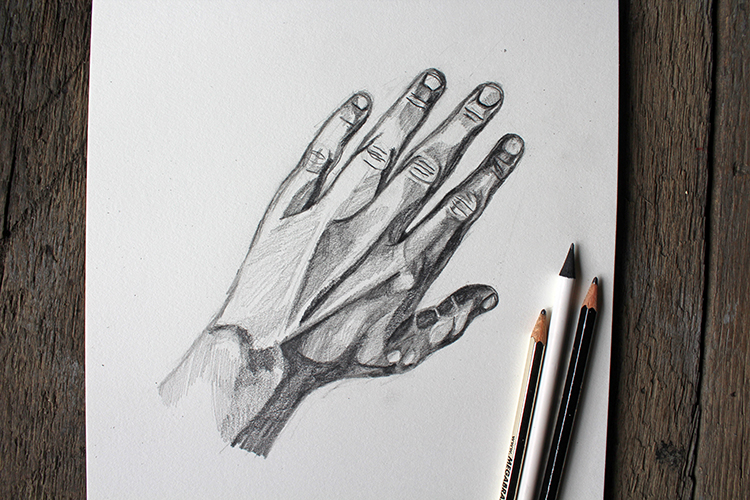
Here’s where the fun begins—you’re on the home stretch of the hand drawing! Working finger by finger, apply shadows to your drawing, taking note of the intensity of them. The thumb has a lot of deep shadows on it, but there are some areas of highlight—particularly the folds where it bends and the center. The bones underneath the fingers are also spots with highlights.
While shading, consider the age of your subject; you’ll want to be careful not to shade too intensely or add more wrinkles in the skin than necessary. They can age your subject (unless they are older) or make the hand look unnatural.
Step 4: Blend Your Shading
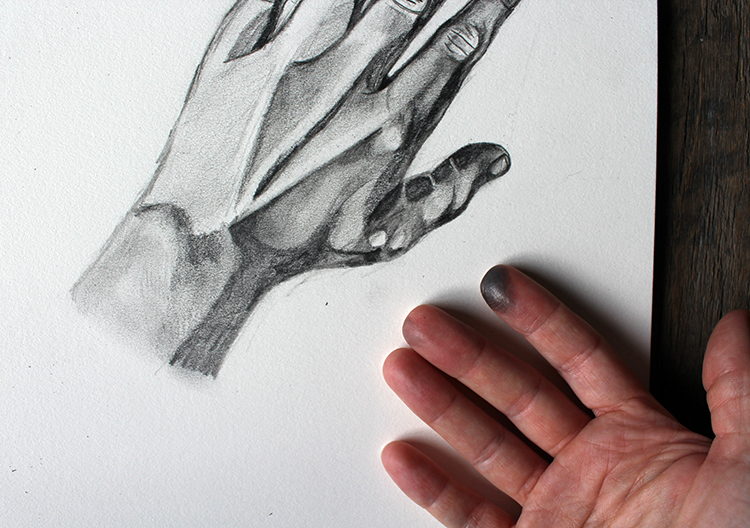
Shading will bring your drawing to life, but it can have an unintended consequence. It can cause your hand to look patchy and disjointed. Blending the tones (either with your finger or a blending stump) will get rid of pencil lines and make the skin appear smooth.
Step 5: Refine Any Shading and Celebrate: You’re Done!

Once you’ve blended your shading, go back over your hand. There will probably be some spots where you need to add some additional tones or accent with a few lines. Determine where these are, but it shouldn’t take long—these are the final touches. Then, celebrate your accomplishment. Your hand drawing is done!
